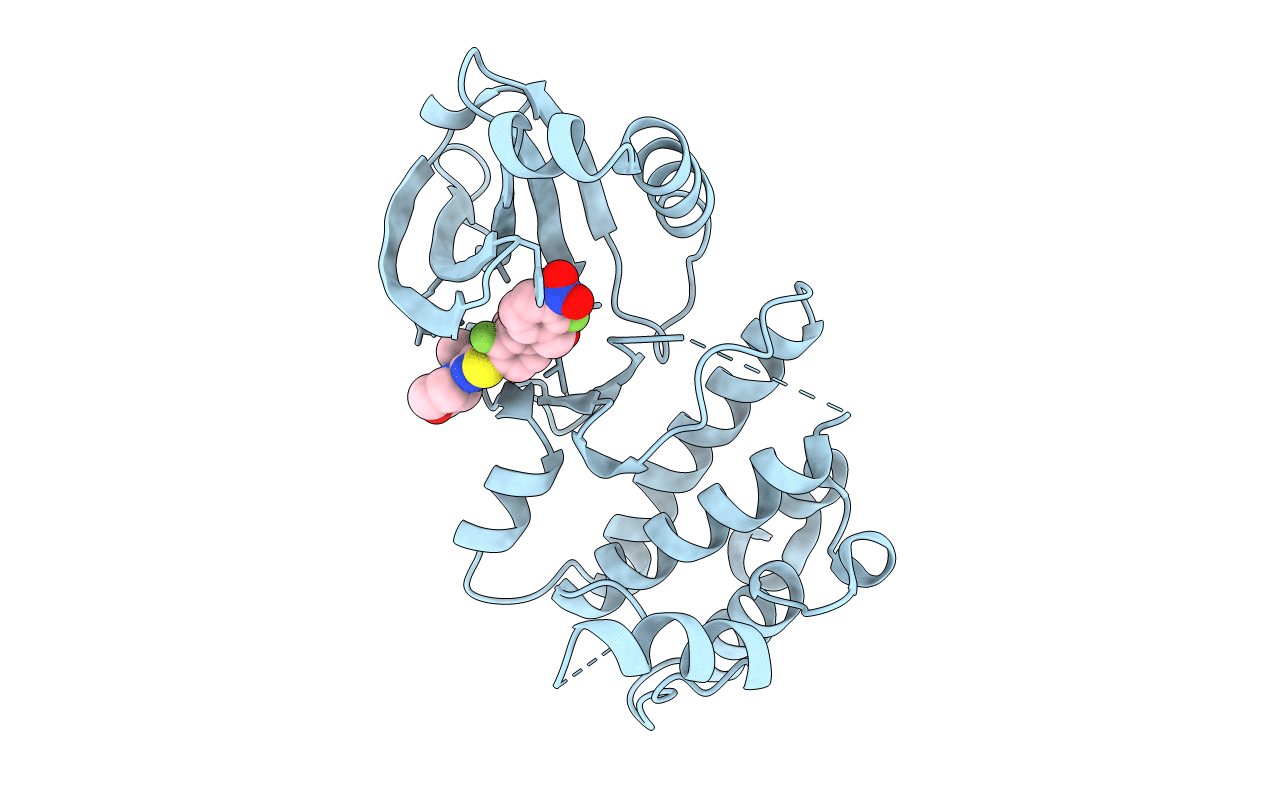
Deposition Date
2015-03-19
Release Date
2015-06-17
Last Version Date
2023-09-27
Entry Detail
PDB ID:
4YUR
Keywords:
Title:
Crystal Structure of Plk4 Kinase Domain Bound to Centrinone
Biological Source:
Source Organism:
Homo sapiens (Taxon ID: 9606)
Host Organism:
Method Details:
Experimental Method:
Resolution:
2.65 Å
R-Value Free:
0.26
R-Value Work:
0.19
R-Value Observed:
0.20
Space Group:
I 2 3


